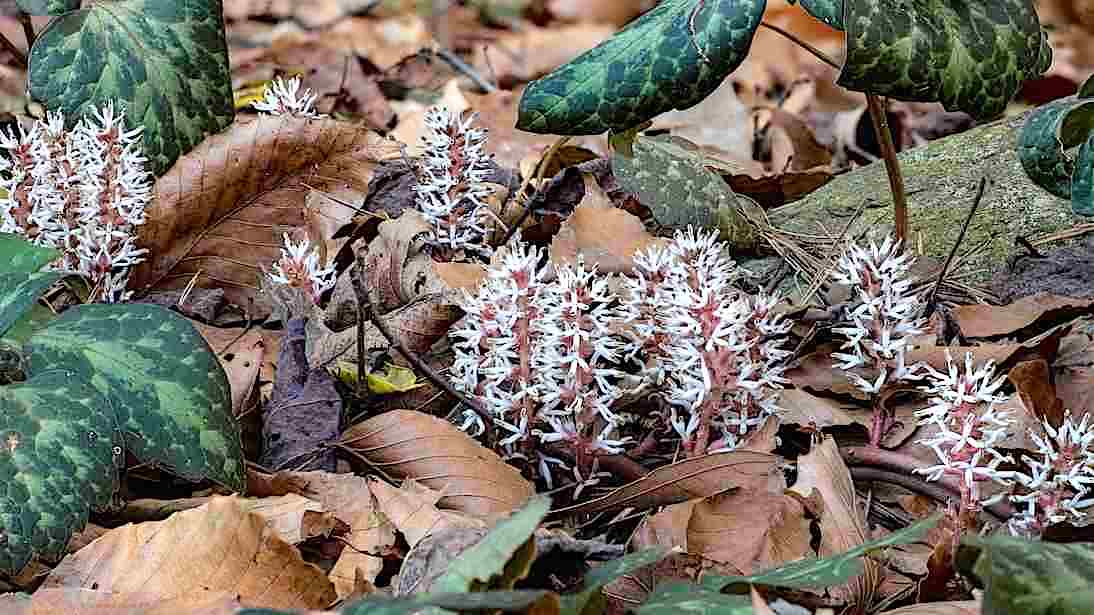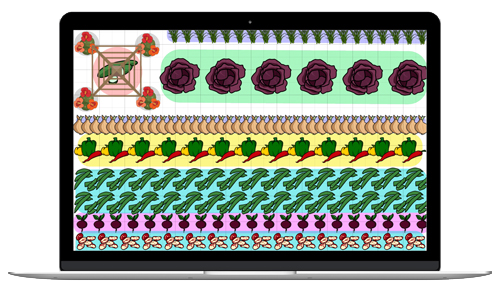
Caption
Pachysandra terminalis grows in a shady garden in summertime.
Photo Credit
photoPou
Botanical Name
Pachysandra spp.
Plant Type
Sun Exposure
Soil pH
Special Features
Subhead
Planting, growing, and caring for pachysandra
The Almanac Garden Planner - Use It Free for 7 Days!
Plan your 2025 garden with our award-winning Garden Planner.
Read Next
Varieties
- ‘Green Carpet’ (P. terminalis) lives up to its name. It’s hardy in USDA zones 4-9 and grows slightly shorter, reaching about a foot tall and 18 inches wide at maturity.
- ‘Green Sheen’ (P. terminalis) is similar to the standard pachysandra but has glossier leaves that look freshly wet even when dry.
- Allegheny pachysandra is a native species (P. procumbens). It spreads a bit slower than its invasive cousin, but it retains all the shade-loving characteristics and is easy to care for.

Gardening Products
More Like This
ADVERTISEMENT
Comments
Add a Comment











